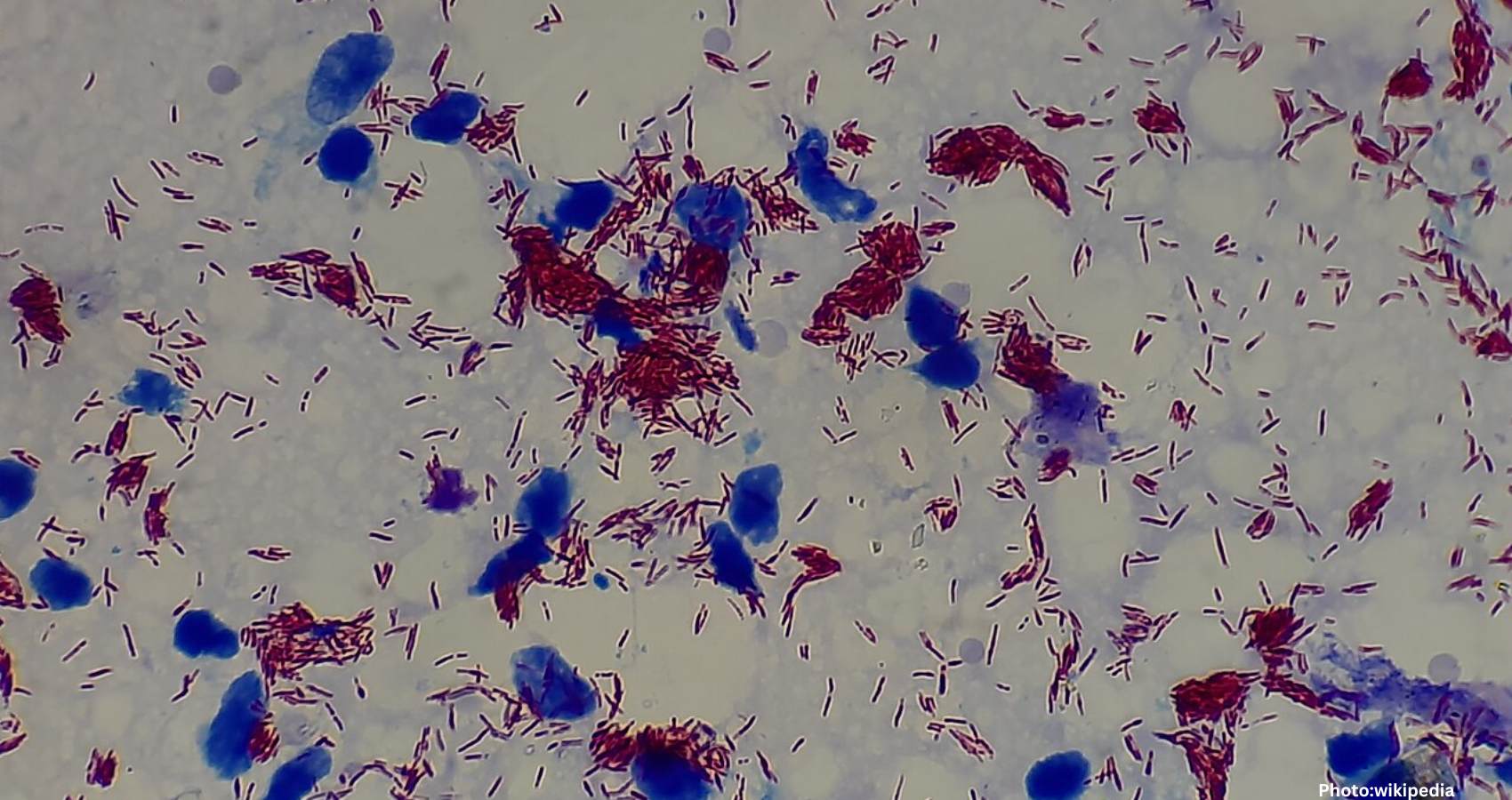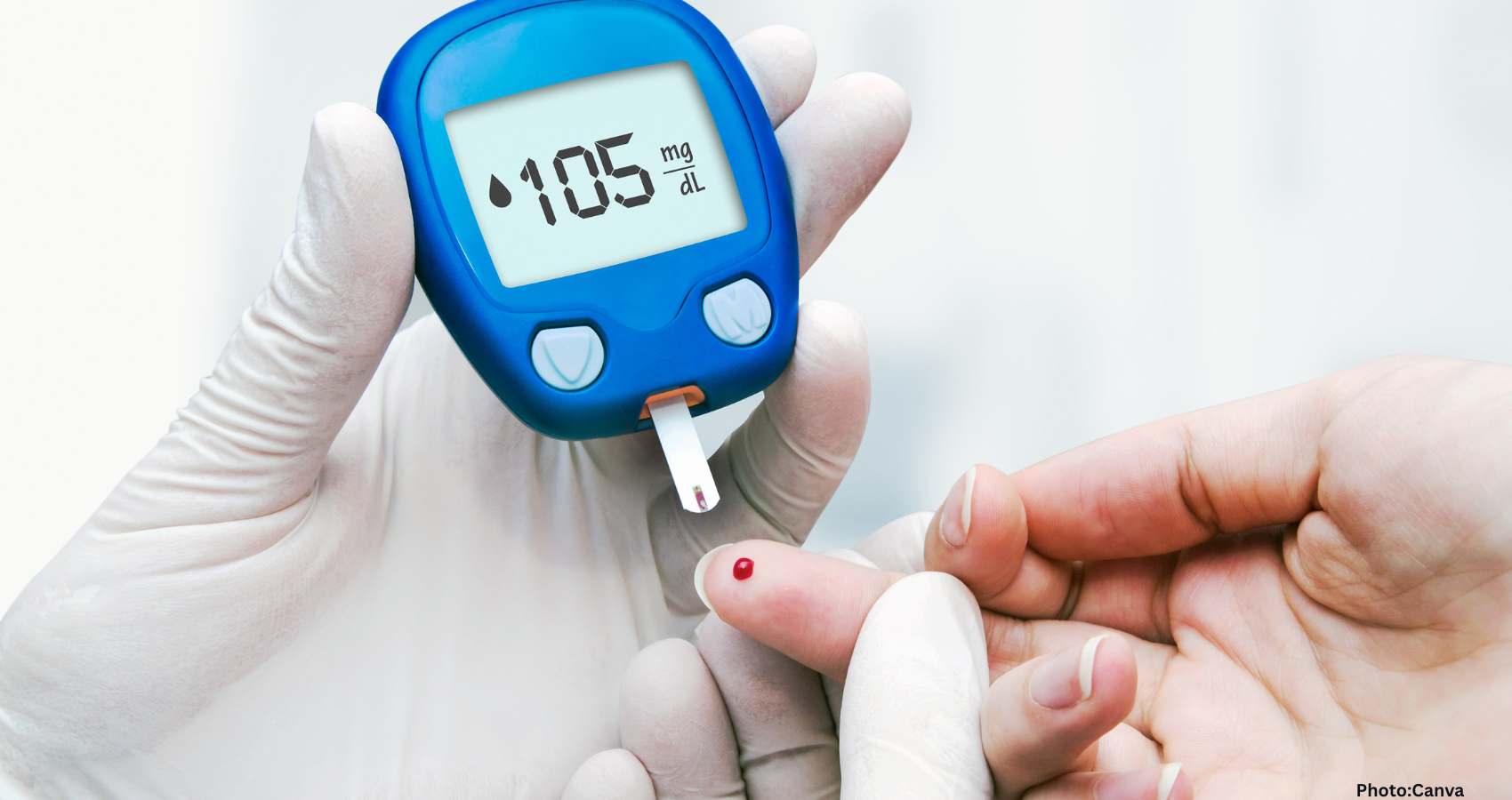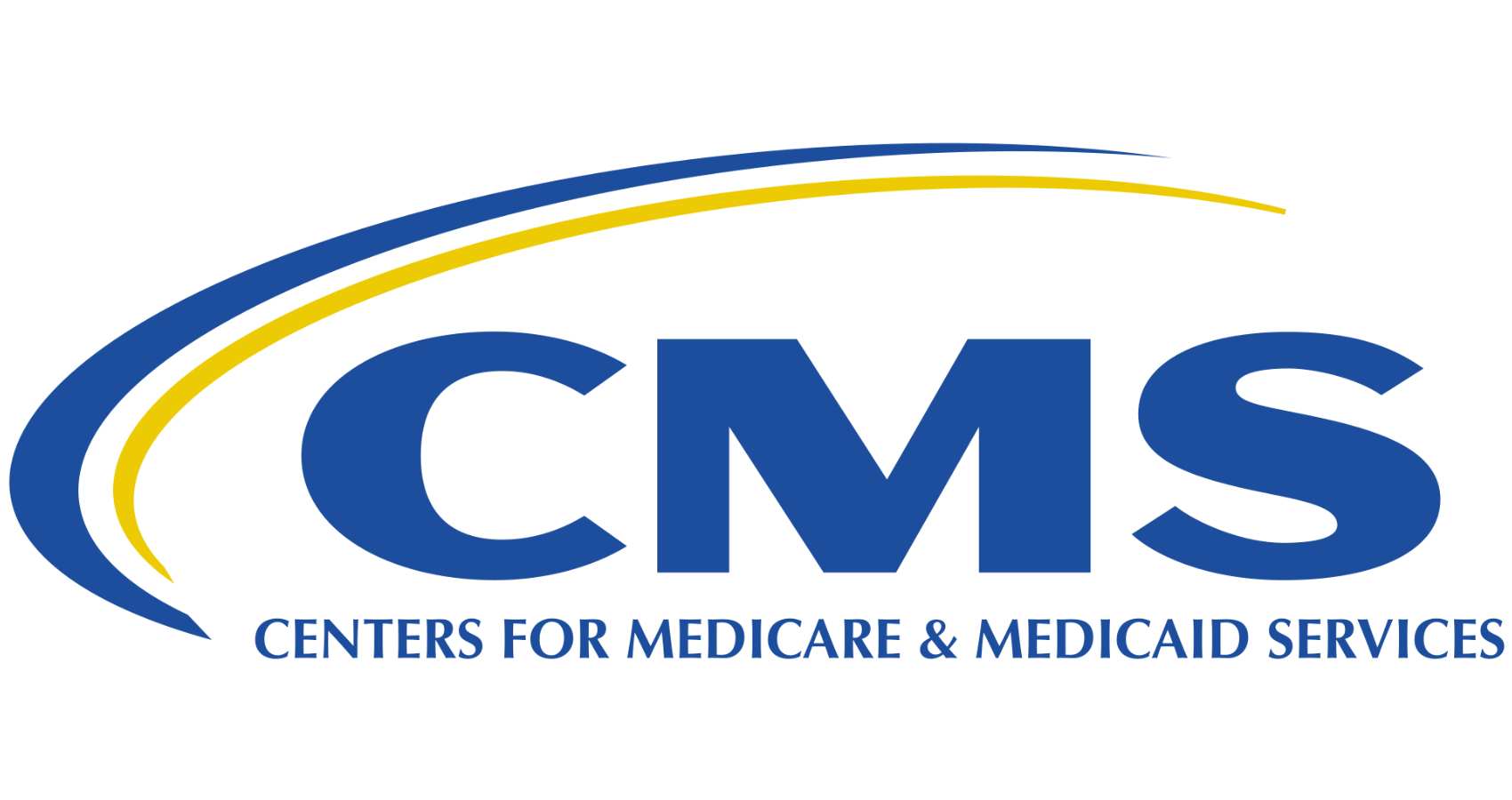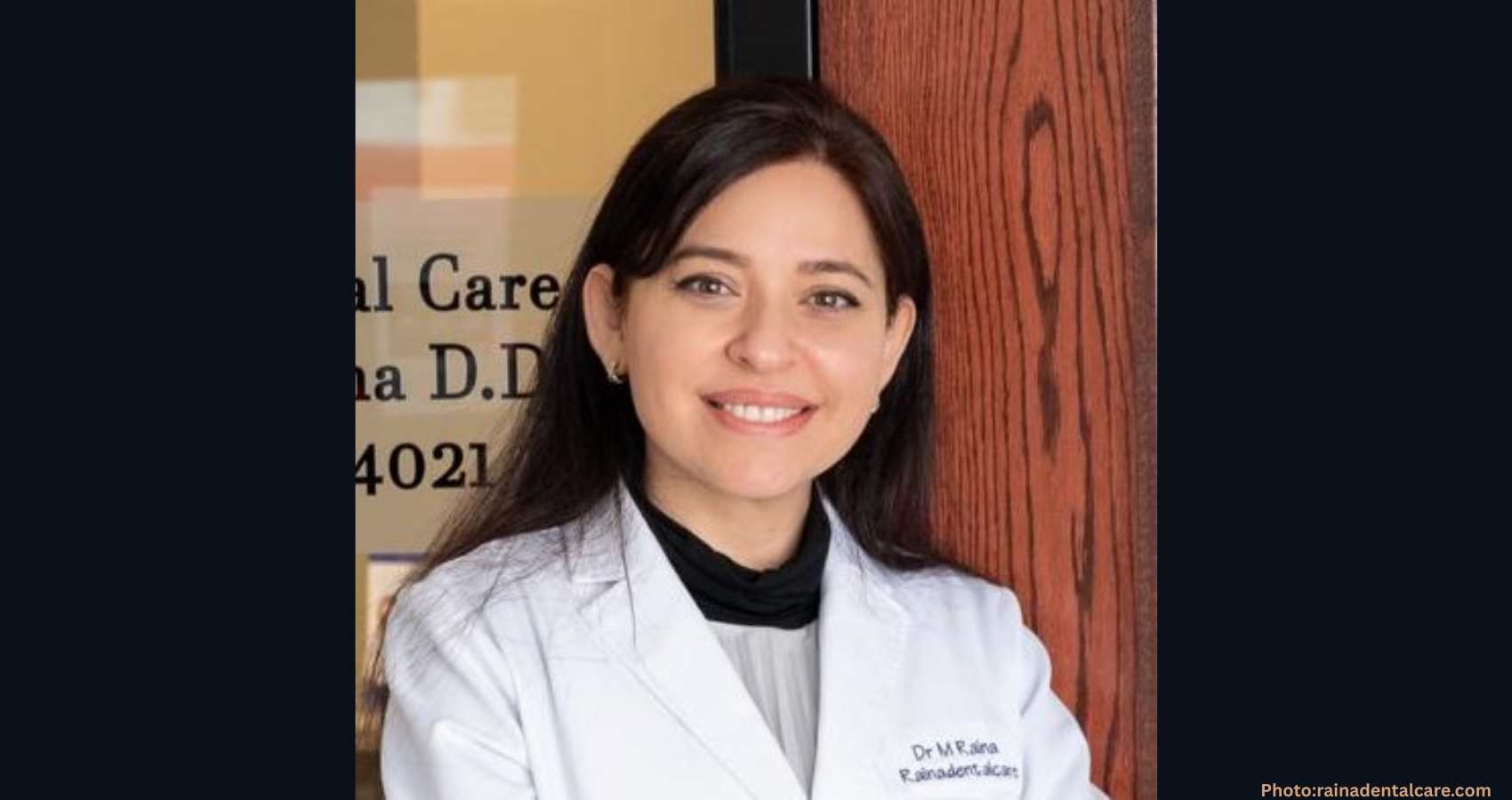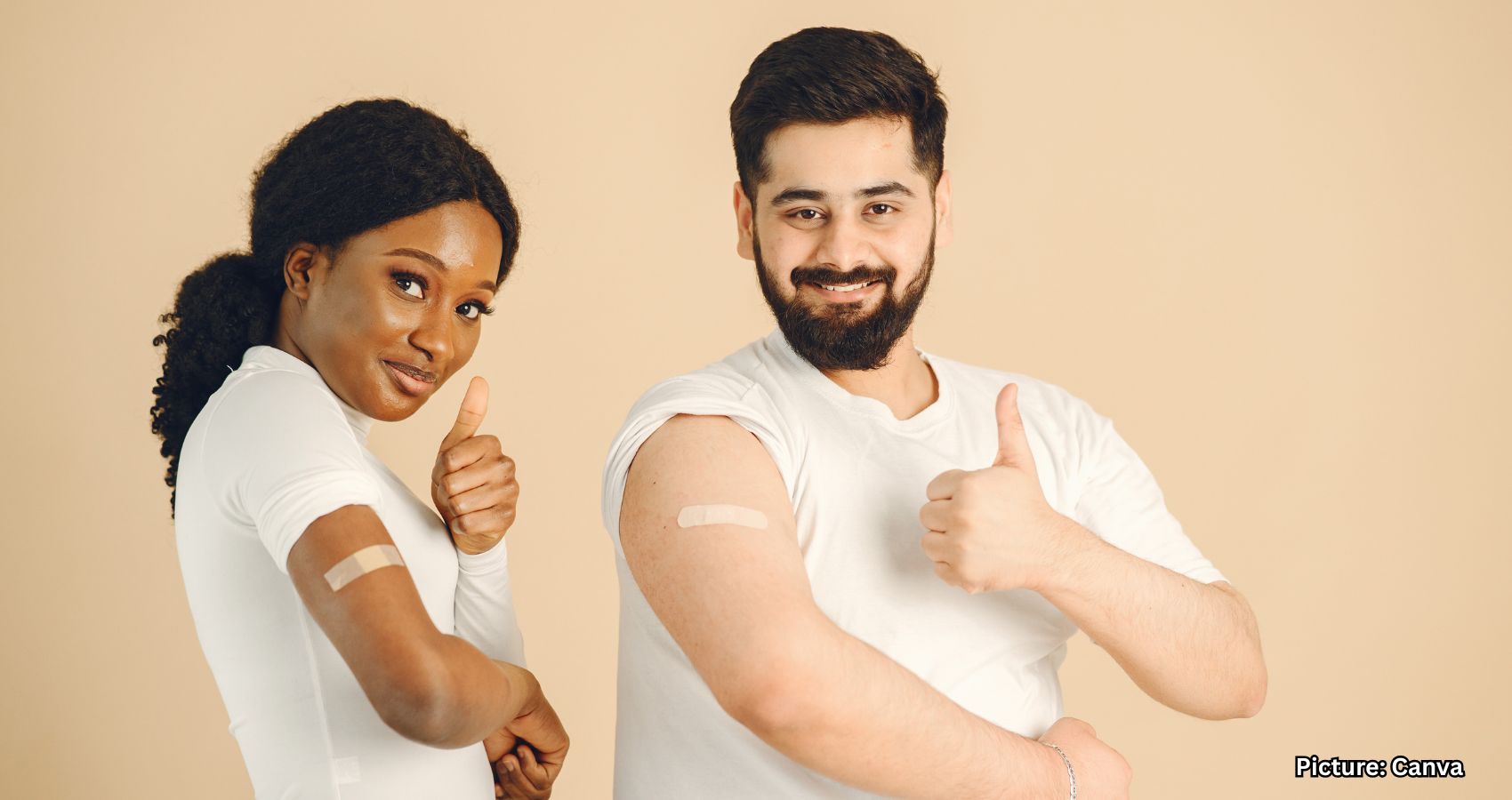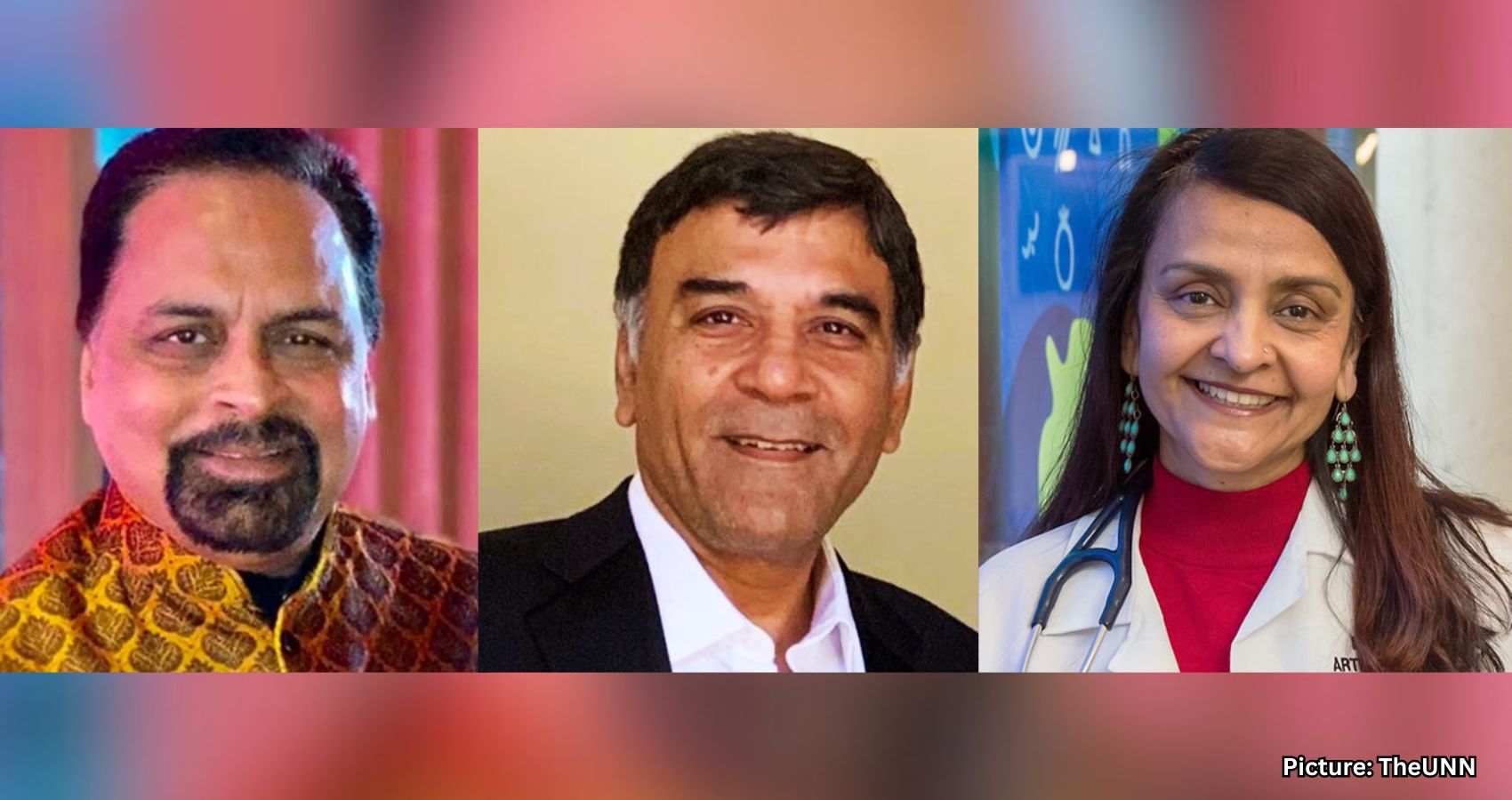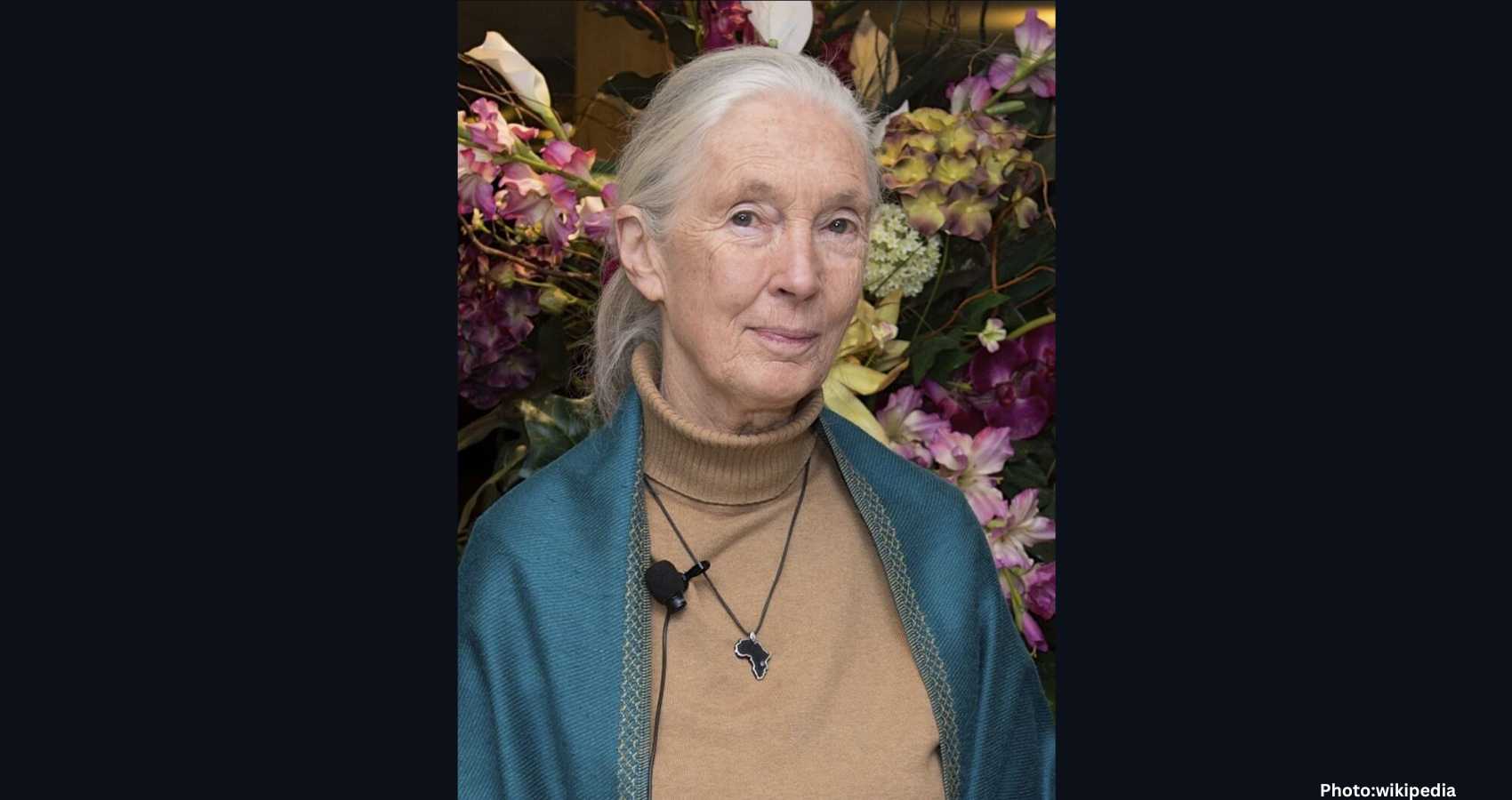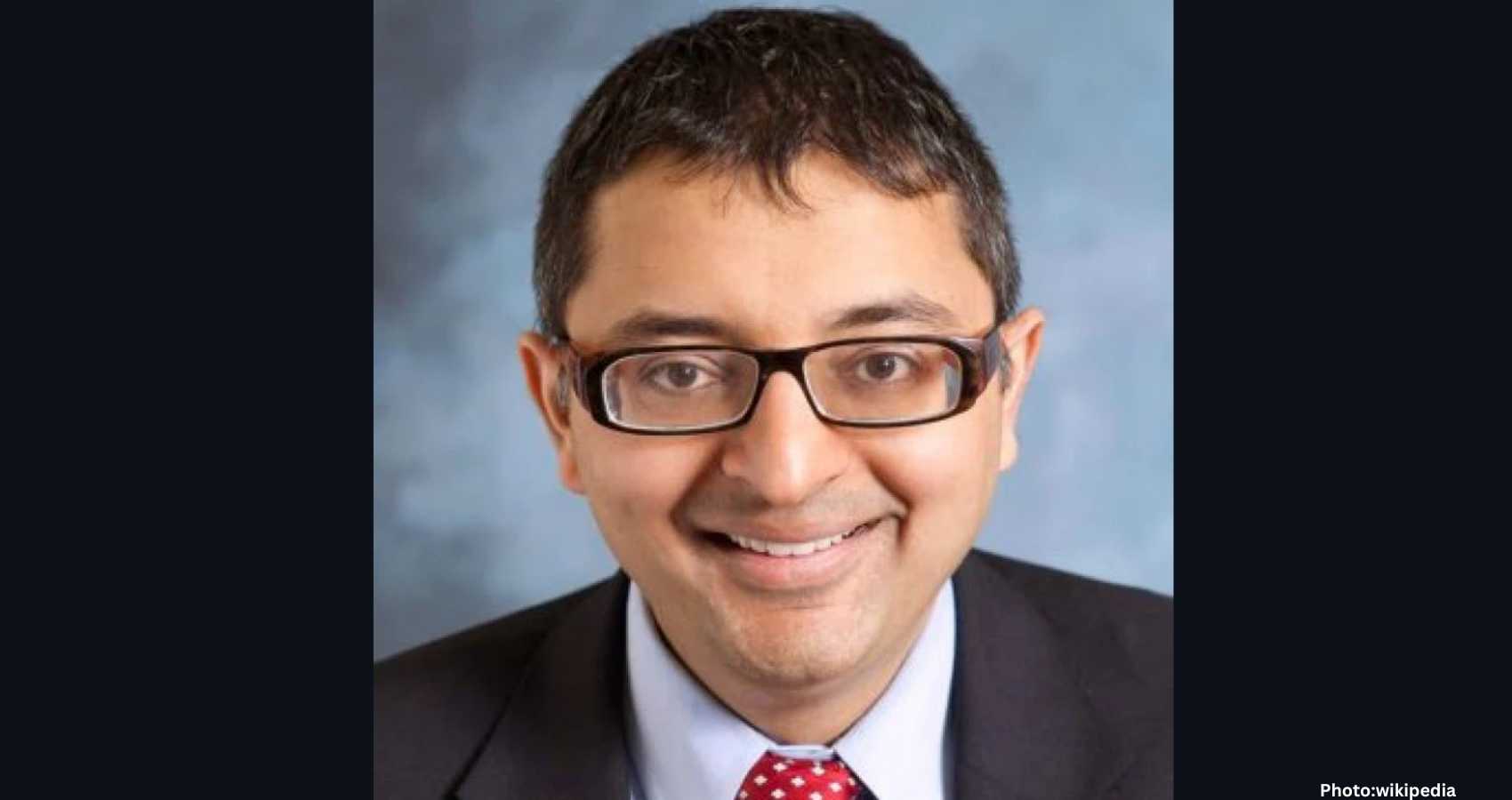Current lung cancer screening guidelines may overlook 65% of patients, prompting researchers to advocate for universal age-based screening to improve early detection and treatment outcomes.
A new study from Northwestern Medicine reveals that existing lung cancer screening guidelines may be failing to identify a significant number of Americans at risk for the disease. Researchers are calling for a substantial overhaul of these guidelines to enhance early detection.
Published in JAMA Network Open, the study examined nearly 1,000 lung cancer patients treated at Northwestern Medicine between 2018 and 2023. The primary objective was to determine how many of these patients would have qualified for screening under the current recommendations set forth by the U.S. Preventive Services Task Force (USPSTF).
The USPSTF currently advises annual CT scans for adults aged 50 to 80 who have a smoking history of at least 20 pack-years, which equates to one pack of cigarettes daily for 20 years. This recommendation applies to individuals who either currently smoke or have quit within the last 15 years. Alarmingly, only about 35% of those diagnosed with lung cancer met these criteria, indicating that roughly two-thirds of patients were not flagged for testing prior to their diagnosis.
“Not only does that approach miss many patients who had quit smoking in the past or did not quite meet the high-risk criteria, it also misses other patients at risk of lung cancer, such as non-smokers,” said Dr. Luis Herrera, a thoracic surgeon at Orlando Health, in an interview with Fox News Digital.
The study highlights that patients who fell outside the screening guidelines often had adenocarcinoma, the most prevalent type of lung cancer among never-smokers. The research found that those overlooked by the current guidelines were more frequently women, individuals of Asian descent, and people who had never smoked.
In comparing survival outcomes, the study noted a stark difference: patients who did not meet the screening criteria had a median survival of 9.5 years, while those who qualified lived a median of just 4.4 years. This disparity not only reflects differences in tumor biology and the benefits of earlier detection but also underscores the inadequacies of current screening protocols in identifying a broader spectrum of cases that could be treated more effectively.
“The current participation in lung cancer screening for patients who do qualify based on smoking history is quite low,” Dr. Herrera noted, emphasizing that this is likely due to the complexity of the risk-based criteria and the stigma associated with smoking and lung cancer.
To explore an alternative approach, researchers modeled a universal age-based screening strategy, recommending screenings for everyone aged 40 to 85, regardless of smoking history. Under this model, approximately 94% of lung cancers in their study cohort would have been detected. The researchers estimate that such a change could prevent around 26,000 deaths from lung cancer annually, at a cost of about $101,000 per life saved. This figure is significantly more cost-effective than current screening programs for breast or colorectal cancer, which range from $890,000 to $920,000 per life saved.
Despite the potential benefits, Dr. Herrera acknowledged the numerous challenges associated with adopting lung cancer screening on a broader scale. These challenges include a lack of awareness and some healthcare providers not recommending the screening tests. However, he pointed out that the cost of screening is typically covered by most health insurance plans, and many institutions offer discounts for uninsured patients.
Lung cancer remains the leading cause of cancer-related deaths in the United States, claiming more lives each year than colon, prostate, and breast cancers combined. Due to the restrictive eligibility criteria based on smoking history, millions of individuals at risk are never screened.
Researchers from Northwestern Medicine argue that expanding screening criteria to include all adults within a specified age range could help bridge these gaps, particularly for demographics that are often underdiagnosed.
It is important to note that this study was conducted at a single academic center, which may limit the generalizability of its findings to the broader U.S. population. Additionally, the study relied on retrospective data, meaning it cannot definitively prove how the proposed screening model would perform in real-world scenarios. The cost and mortality projections are based on assumptions that could vary depending on the implementation of the screening program. The researchers also acknowledged that they did not fully account for potential downsides of broader screening, such as false positives or unnecessary follow-up procedures.
For patients who do not qualify for lung cancer screening, there are alternative evaluation options available, including heart calcium scores, CT scans, and other imaging techniques that can help assess lung health and identify any suspicious nodules.
Source: Original article



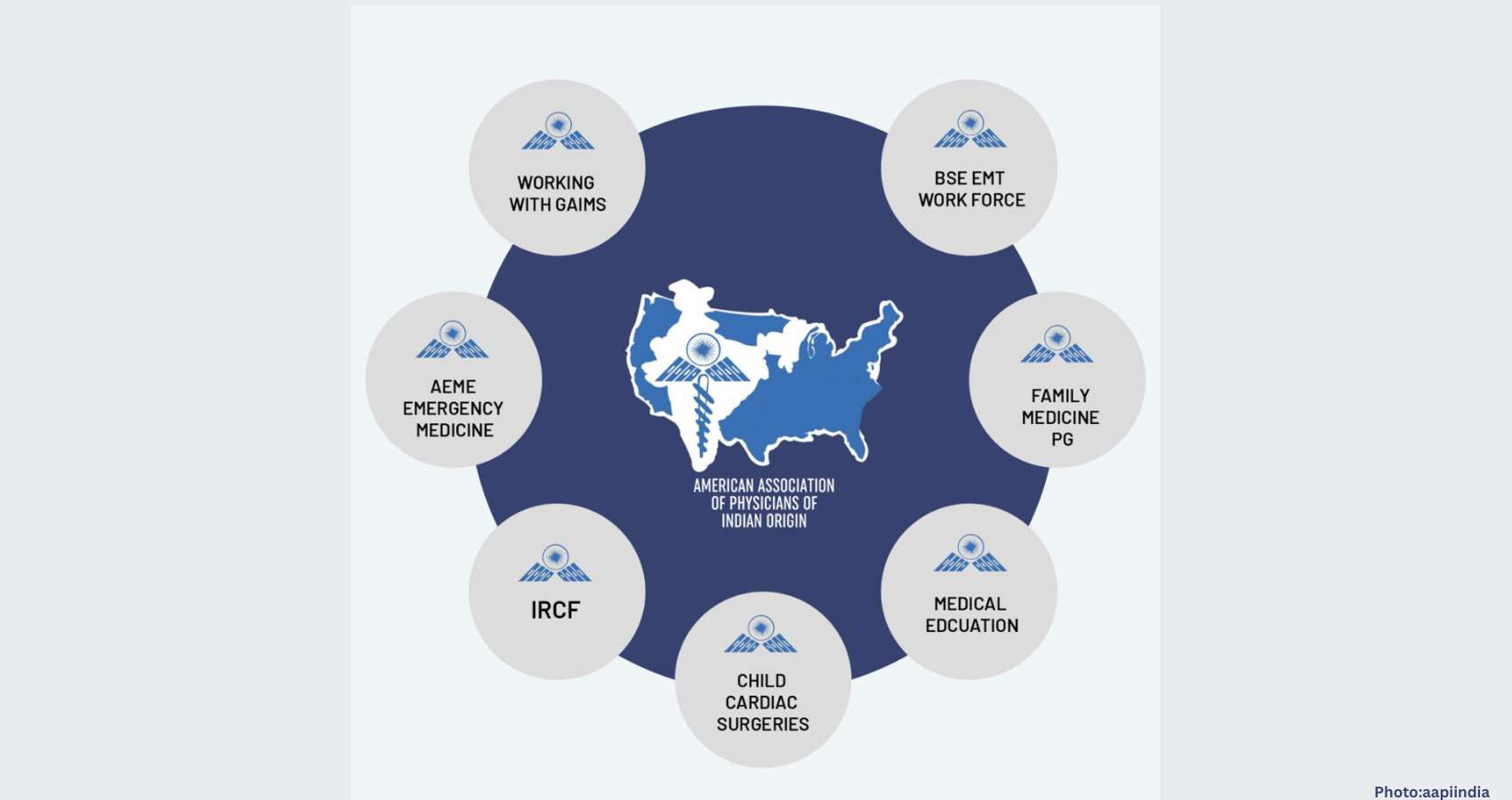

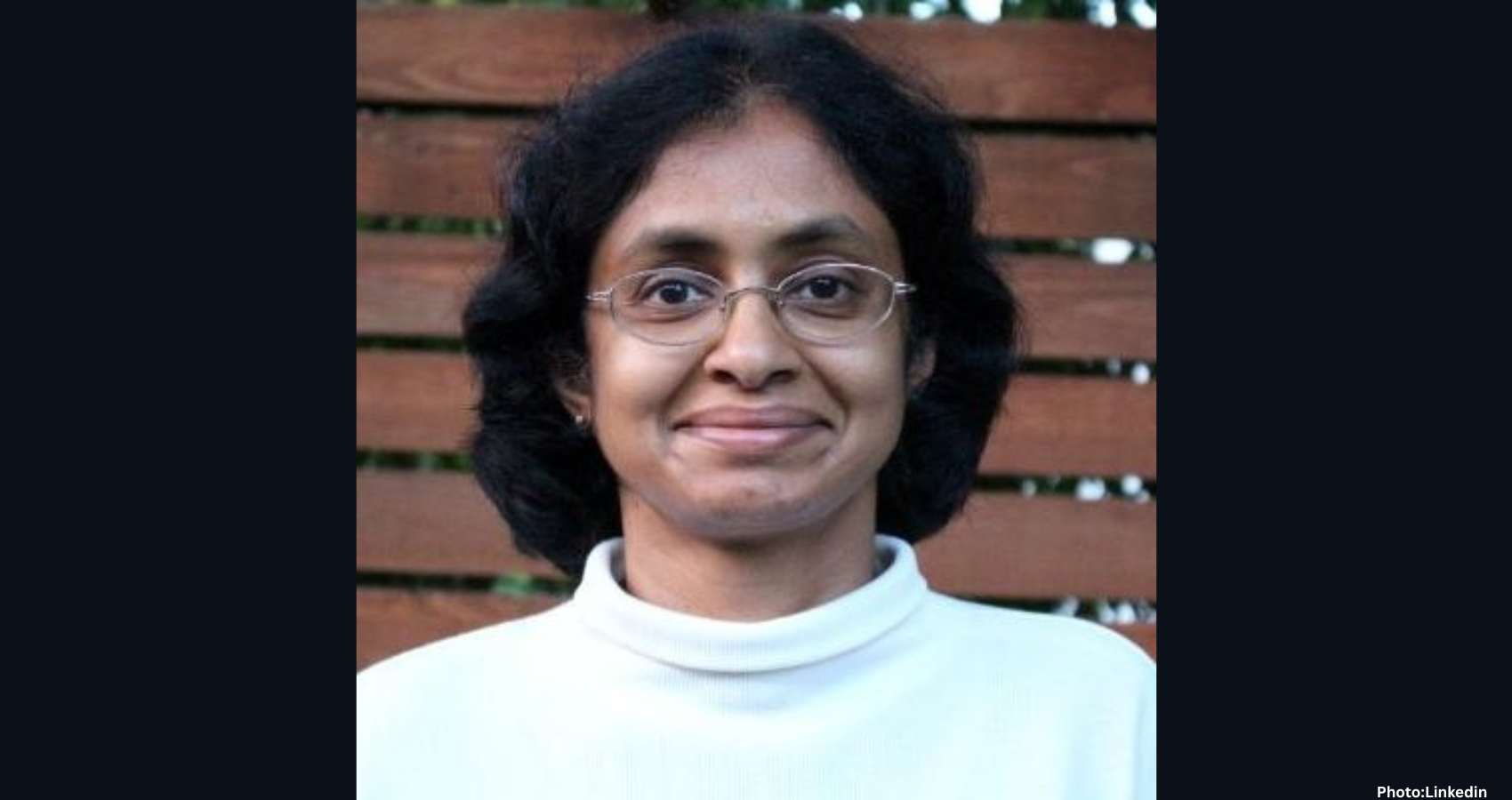

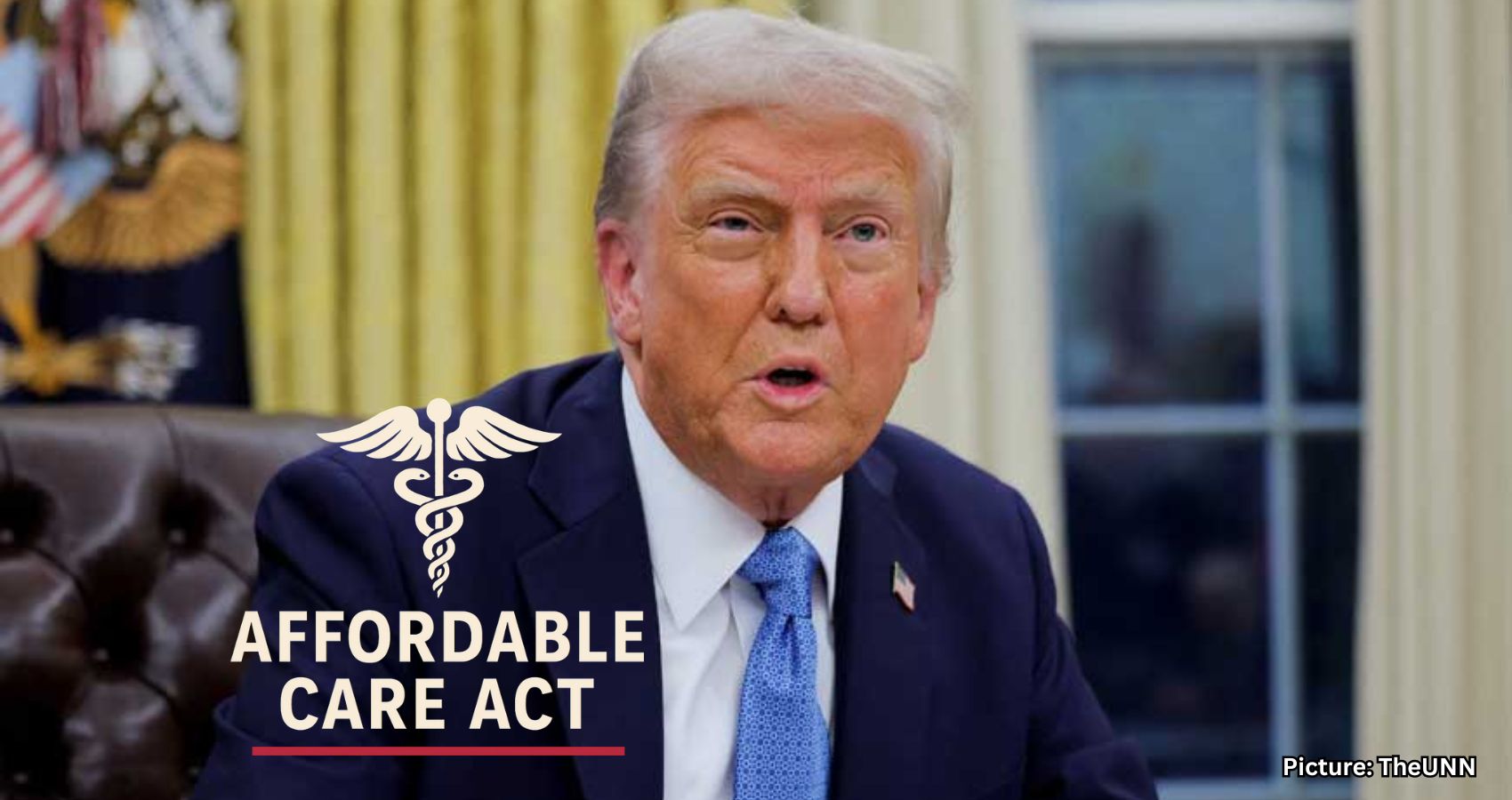



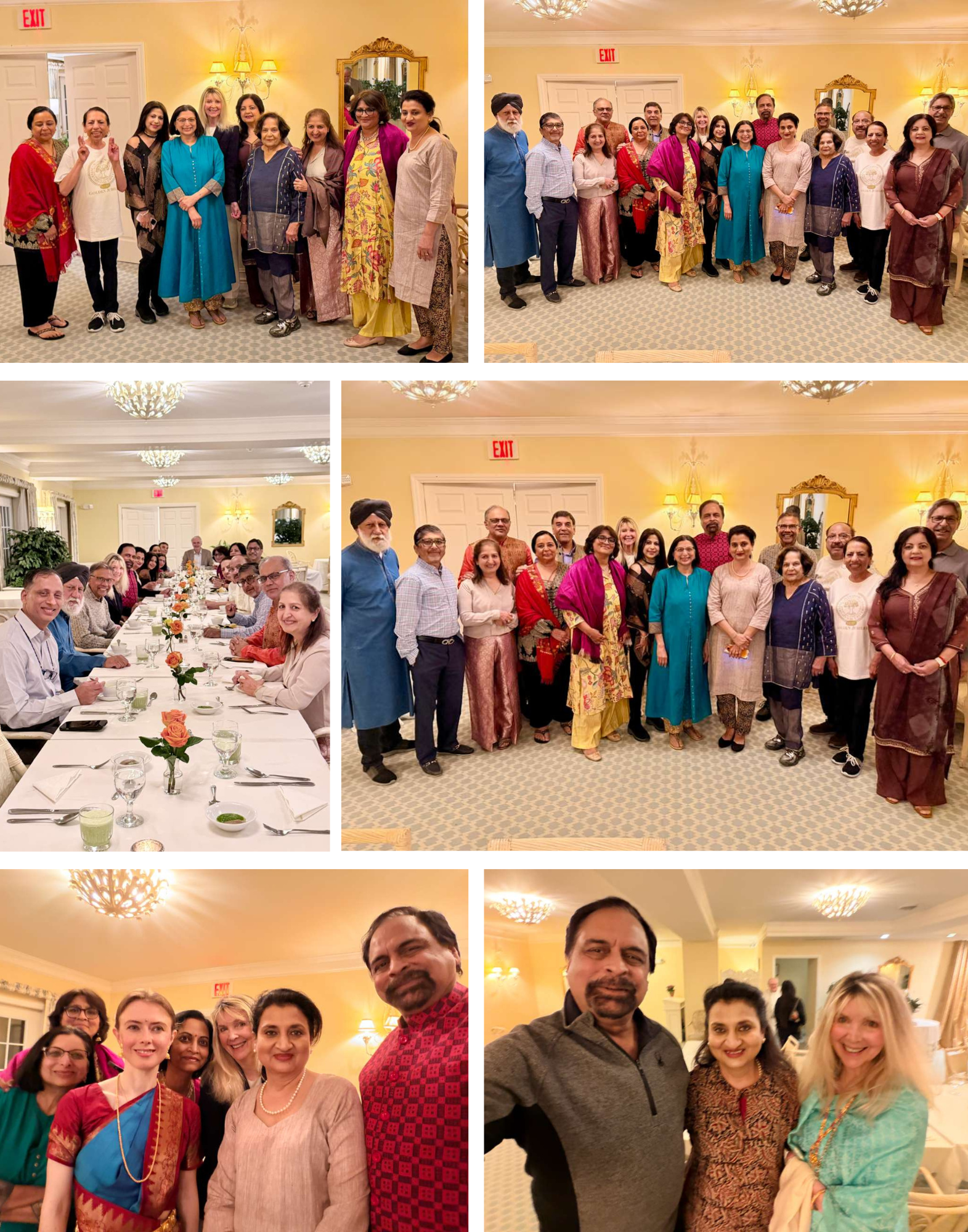 reconnection with India’s timeless healing traditions. “It’s both remarkable and ironic that it took us this long to formally embrace Ayurveda, a tradition nurtured here at The Raj for over 30 years,” noted AAPI President Dr. Amit Chakrabarty. “We’re thrilled to finally bridge this gap and offer our members a handcrafted retreat designed to rejuvenate body, mind, and spirit.”
reconnection with India’s timeless healing traditions. “It’s both remarkable and ironic that it took us this long to formally embrace Ayurveda, a tradition nurtured here at The Raj for over 30 years,” noted AAPI President Dr. Amit Chakrabarty. “We’re thrilled to finally bridge this gap and offer our members a handcrafted retreat designed to rejuvenate body, mind, and spirit.”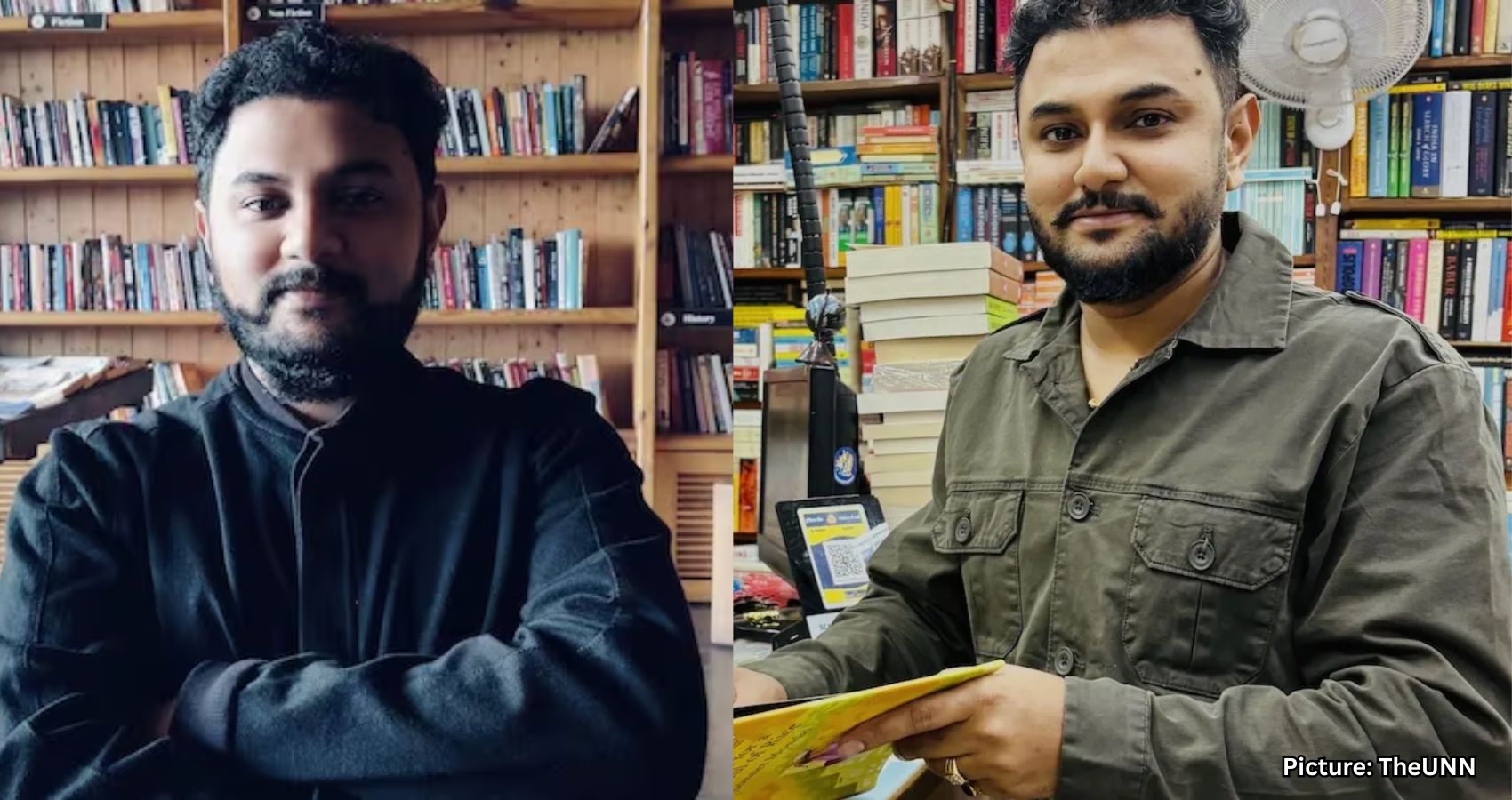








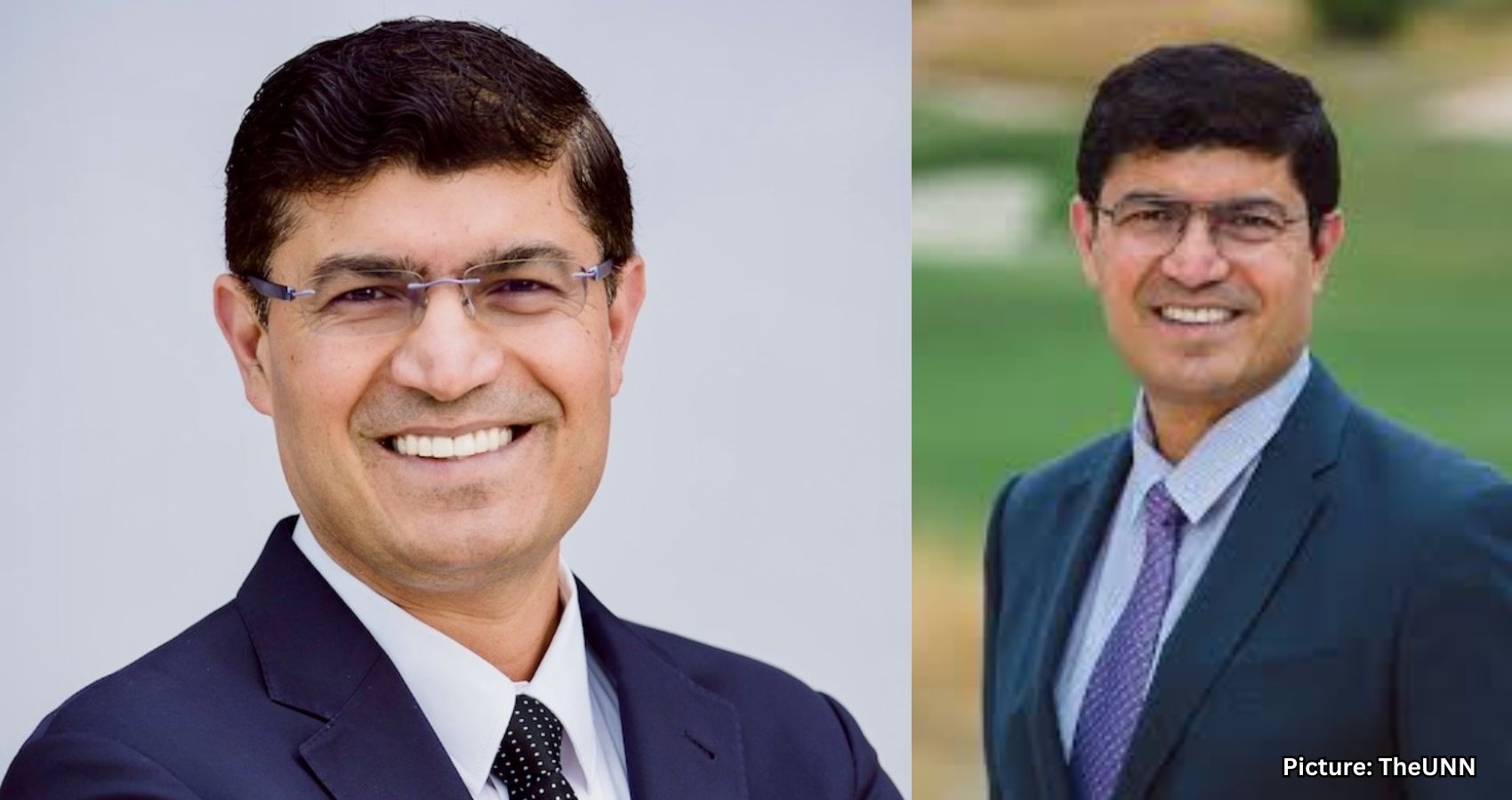




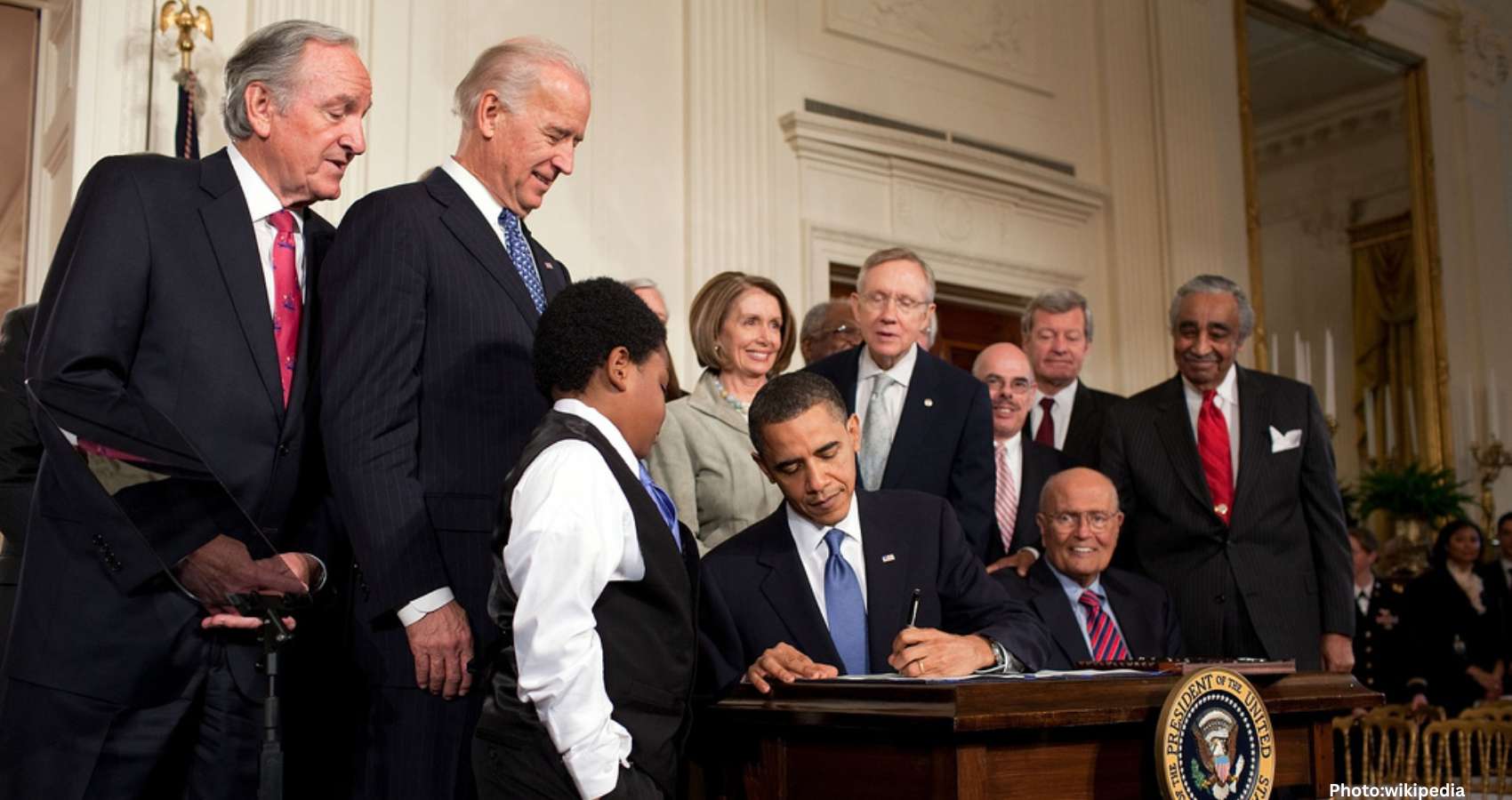



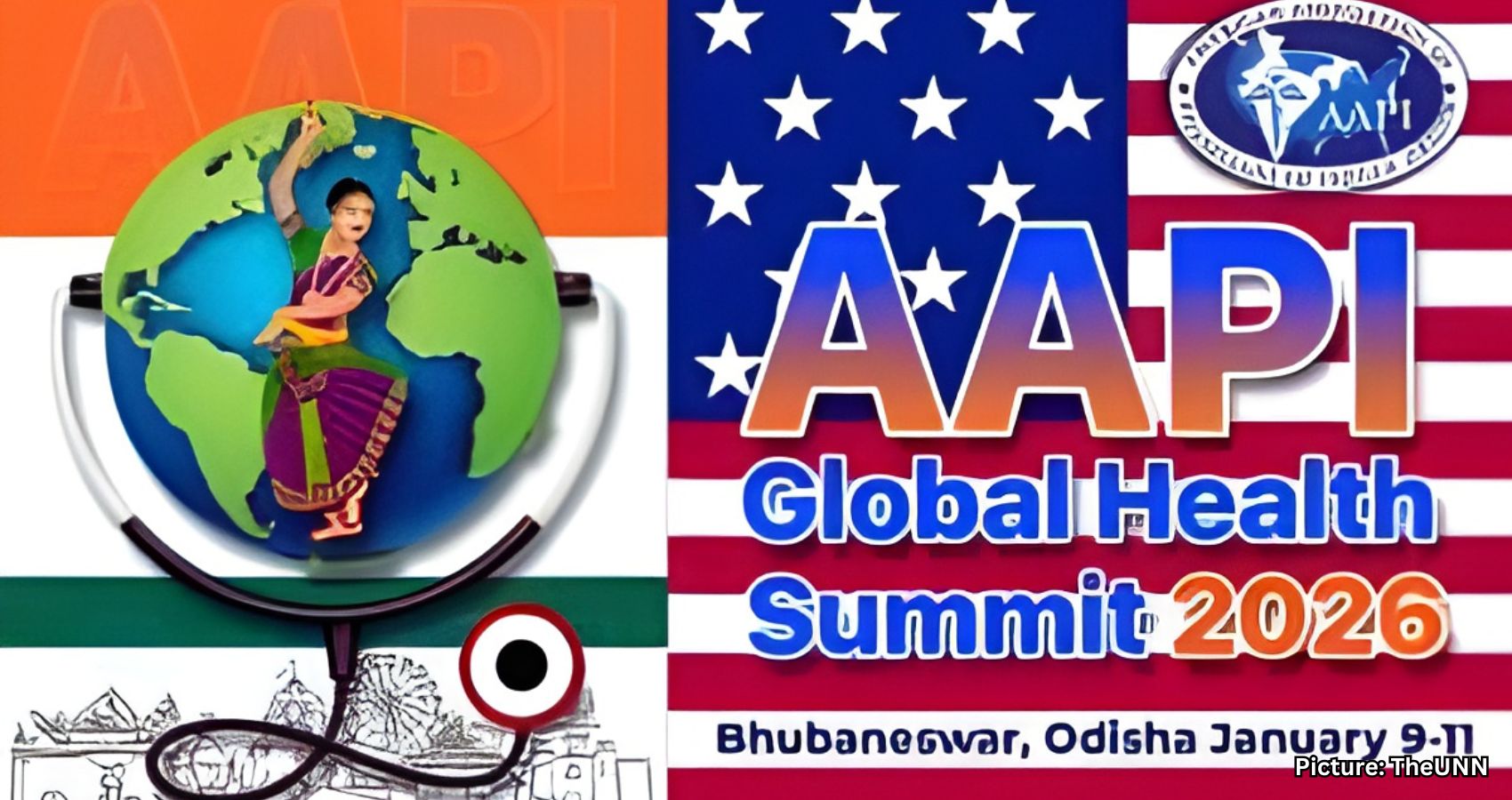
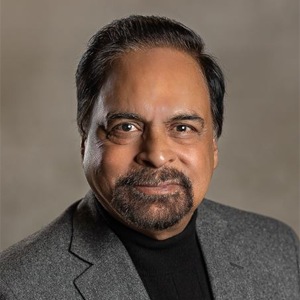 The American Association of Physicians of Indian Origin (AAPI) is set to host its 19th Annual Global Health Summit (GHS) in Bhubaneswar, Odisha, from January 9 to 11, 2026. This landmark event, drawing hundreds of physicians, researchers, and policymakers from across the globe, will serve as a pivotal forum to address India’s most urgent health challenges: Tuberculosis (TB), Diabetes, the integration of Ayurveda with modern medicine, and the adoption of cutting-edge health technology.
The American Association of Physicians of Indian Origin (AAPI) is set to host its 19th Annual Global Health Summit (GHS) in Bhubaneswar, Odisha, from January 9 to 11, 2026. This landmark event, drawing hundreds of physicians, researchers, and policymakers from across the globe, will serve as a pivotal forum to address India’s most urgent health challenges: Tuberculosis (TB), Diabetes, the integration of Ayurveda with modern medicine, and the adoption of cutting-edge health technology.










